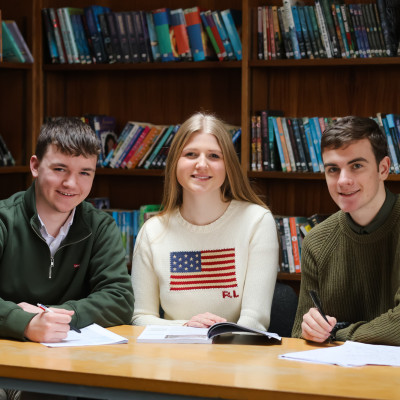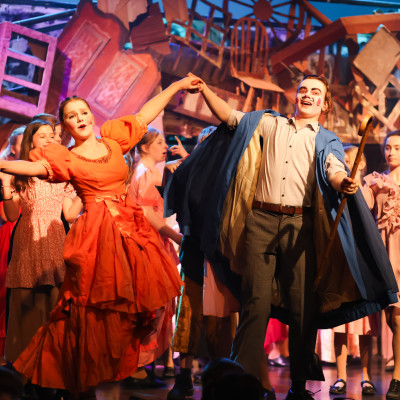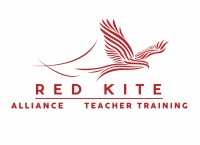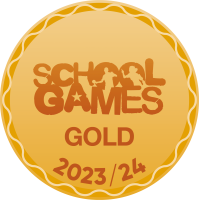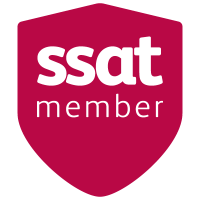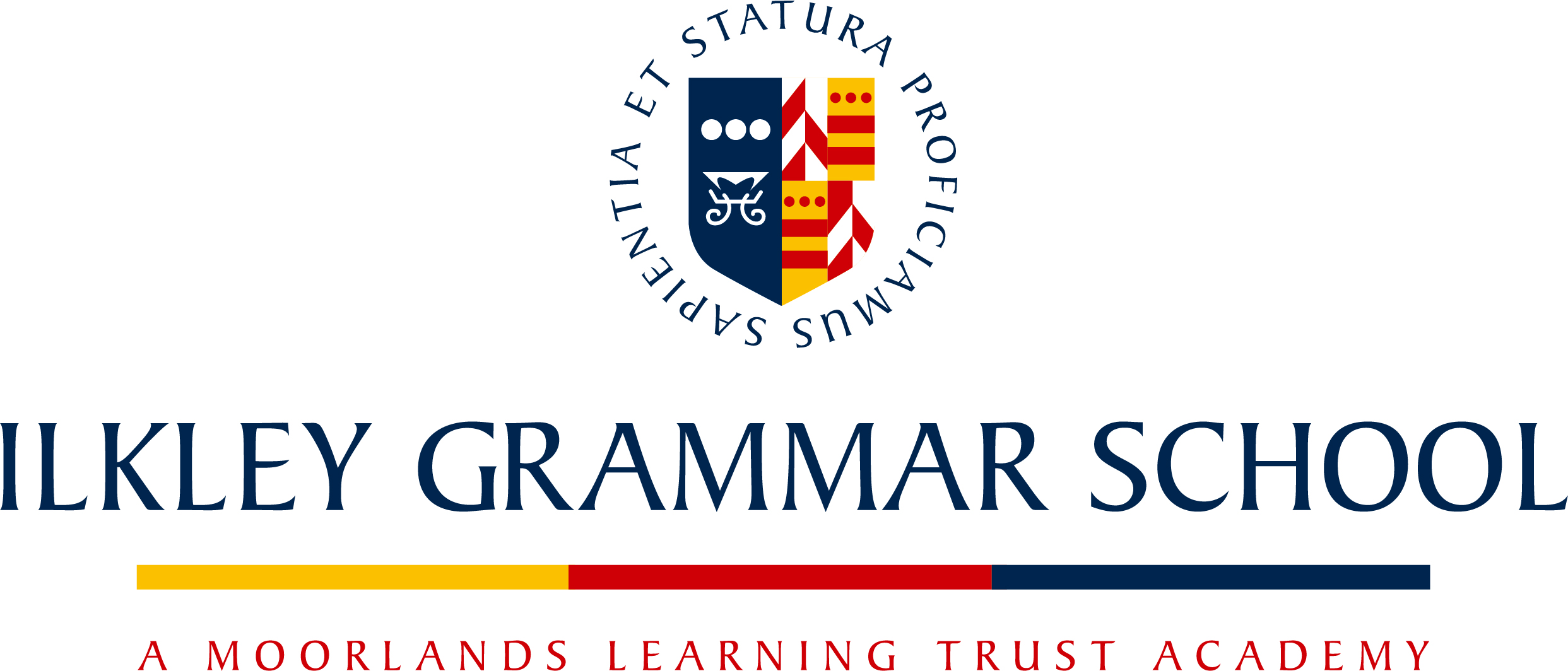Drama
The aim of the Drama and Theatre Studies curriculum is to develop young people with a thirst for knowledge who are creative, resilient and empathetic.
Our students develop their analytical and evaluation skills working respectfully alongside others to refine and improve their work, leading their learning by setting goals and applying theory to practice. Our aim is for our students is to take responsibility and have pride in themselves and their work. They have vision and confidence, knowing how to present themselves and be courageous when meeting challenges beyond the classroom.
Acting Skills, Dramatic Techniques and Design Elements are the powerful knowledge that we teach through exploring text, devised work and responding to the work of others.
Once mastered, students apply this powerful knowledge to unlock the big threshold concepts of Style and Practitioner. Within these concepts, we explore different social, historical and cultural contexts in order to widen perspectives and encourage diverse thought and a kind approach in their understanding of the world.
An example of how this knowledge moves students from novice to scholar is the development of the Dramatic Technique Still Image. This is introduced in Yr7 as a basic way of communicating meaning through pose and facial expression and is further developed in KS3 to enable students to dissect acting skills and mark important moments in their performances. Students’ application of this skill is then further enhanced in Yr9 when exploring the practitioner Bertolt Brecht and his concept of ‘Gestus’, creating an image which depicts social hierarchy and attitude to make the audience engage with the political message of the performance. In KS4 and 5 students then have the ability to apply this skill to a range of Styles with deeper understanding of how it can be transformed. For example, a still image might be used by practitioner Frantic Assembly as a way of highlighting a crucial moment in an abstract movement sequence about the relationship between two characters whereas, in the style of Verbatim Theatre and using the methodologies of practitioner The Paper Birds, the image can be used to highlight the contrast in the characters when multi-rolling.


